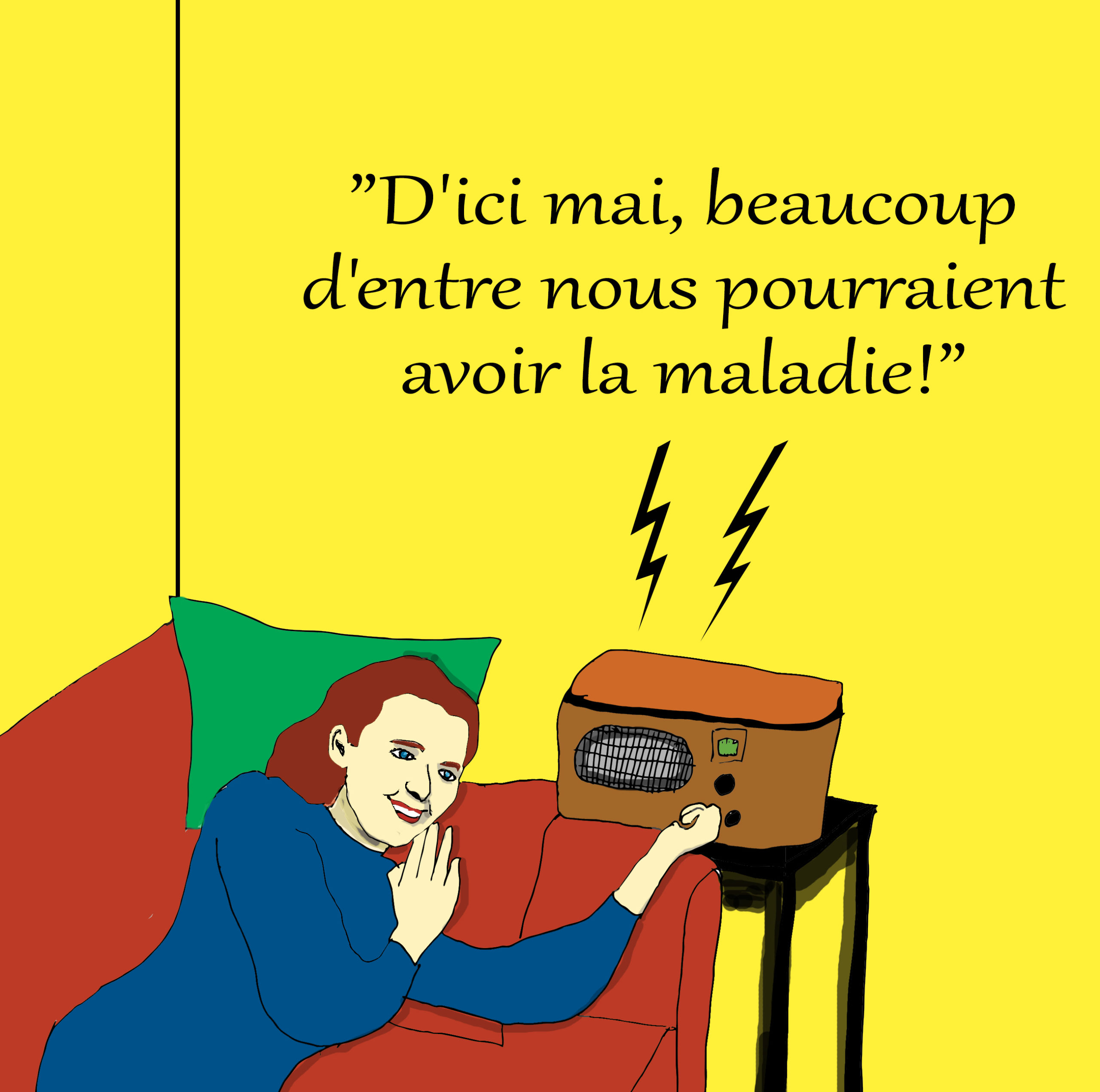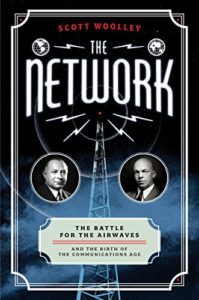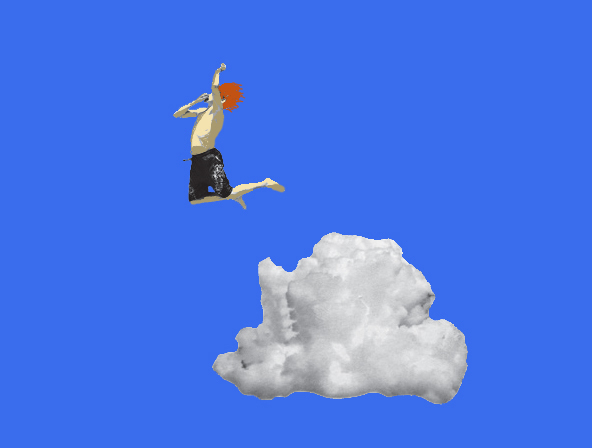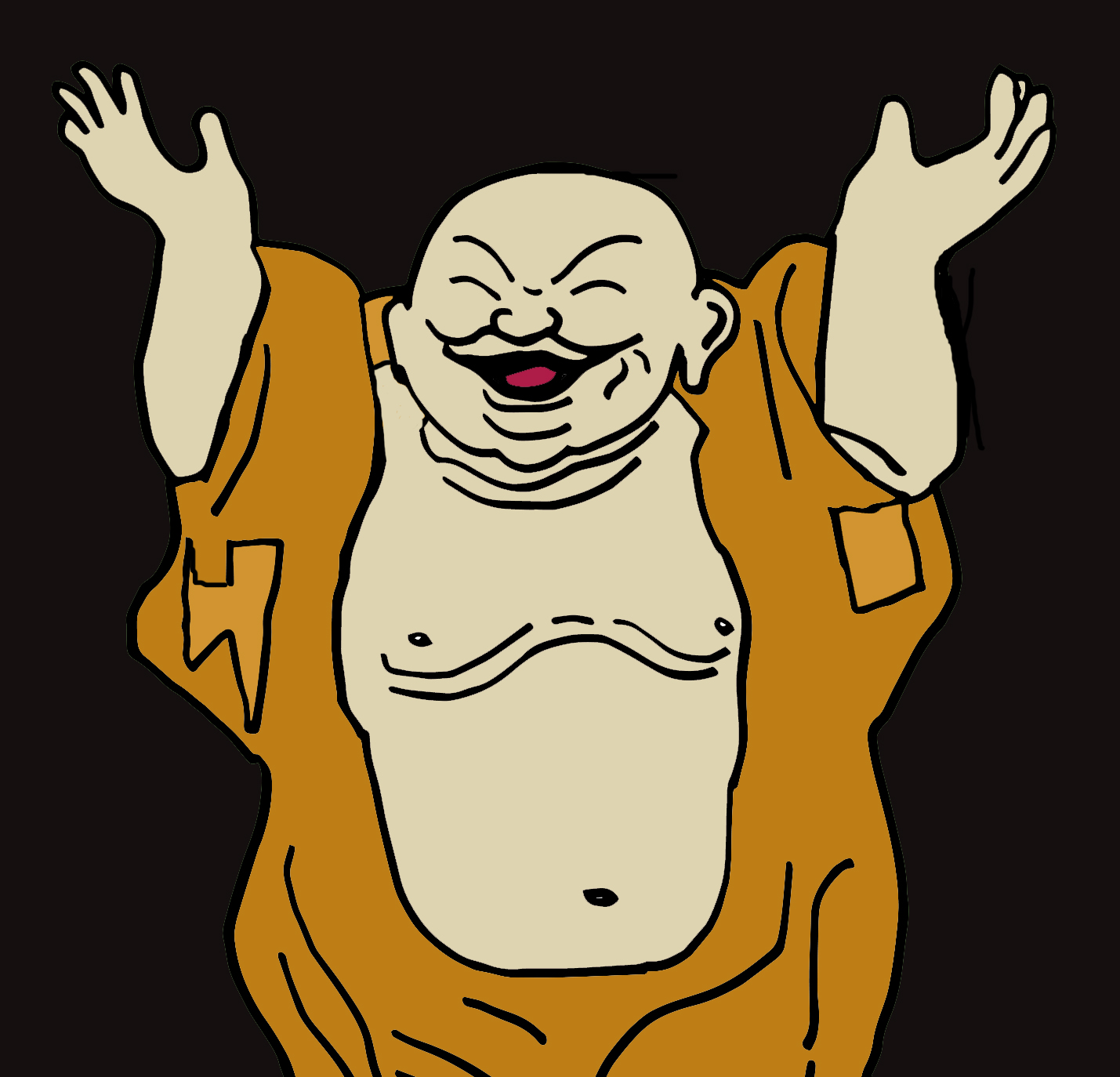One SuperOptimist practice we never get tired of? Adding the phrase “And isn’t that great!” to any thoughts we may be having. A recent example can be illustrated by the following:
“Goddamn, I’ve just broken a tooth on a macadamia nut. Now I’ll have to see a dentist.”

Simply add our four magic words, and you can turn this bummer into a blessing: “Goddamn, I’ve just broken a molar on a macadamia nut. Now I’ll have to see a dentist. And isn’t that great!”
Here you’ve taken a rather pedestrian situation in which pain, expense, and inconvenience are the assumed outcomes, and reframed it into something that may have positive consequences. After all, with the proper attitude, who knows what might happen at the dentist? You could meet a new lover in the waiting room! Your dentist might be experimenting with laughing gas and offer you some! You could decide to spring for an additional ultra-whitening session and walk out of there looking like Hollywood royalty! Your dentist might accidentally find you have a serious lesion in your mouth that was going to kill you if you hadn’t seen him in time!
Here’s another one:
“Christ, where did summer go? It’s back to cold again.”
Again, add the phrase that pays.
“Christ, where did summer go? It’s back to cold again. And isn’t that great!”
Why is it great? It’s great because the cold helps you burn body fat, leading to a slimmer figure. It’s great because the cold keeps away invasive insects, like the Asian Tiger Mosquito. Most of all, you can take comfort in the fact that you’re not stuck in these temperatures for long, and there’s a cup of hot cocoa waiting for you at the end of your journey.

Here’s another: “Donald Trump is still president. And isn’t that great!”
On the surface, this seems like a nonstarter if you’re not a MAGA-hat wearing racist. But give it a moment to sink in. Instead of wanting to hide under the covers at the thought, you can feel good that nuclear missiles remain in their silos and Ivanka hasn’t been named Secretary of Defense. (Not yet, anyway.)
And one more: “With my mediocre attempts at art, I’m never going to be the next Van Gogh. And isn’t that great!”
So your work isn’t on display in MOMA’s permanent collection. Instead, you’re making a living selling commercial real estate, or working as an attorney, or driving an Uber. Why is that great? The pressure on you to be the next artistic success has been lifted, freeing you up to do more experimental work that may one day be celebrated after your death.*

*Also, your day job affords you a few niceties, like food and shelter, so you don’t have to ask a family member to support you like Vincent did. And while we can’t be sure, your psychotic episodes probably won’t lead you to sever your own appendage, unlike the struggling post-impressionist.

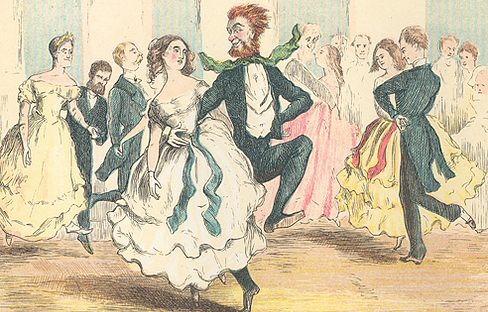

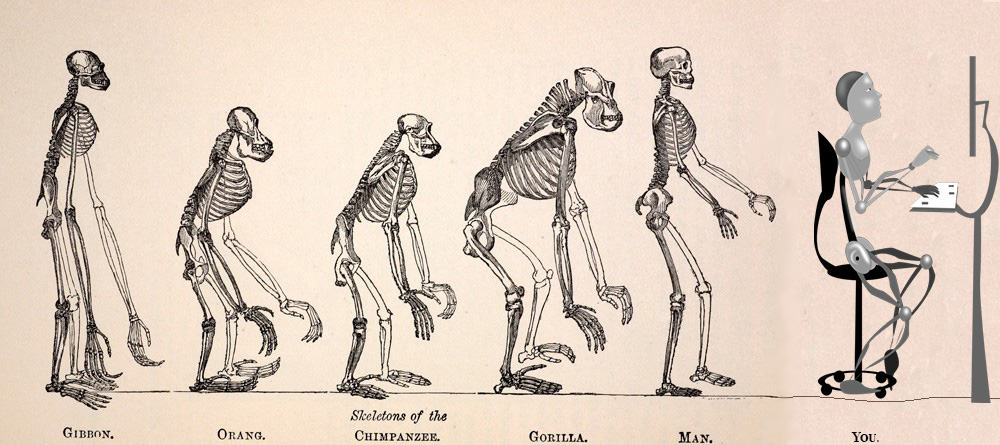

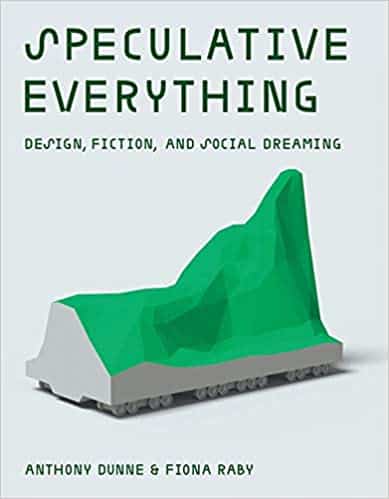


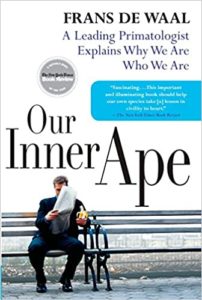


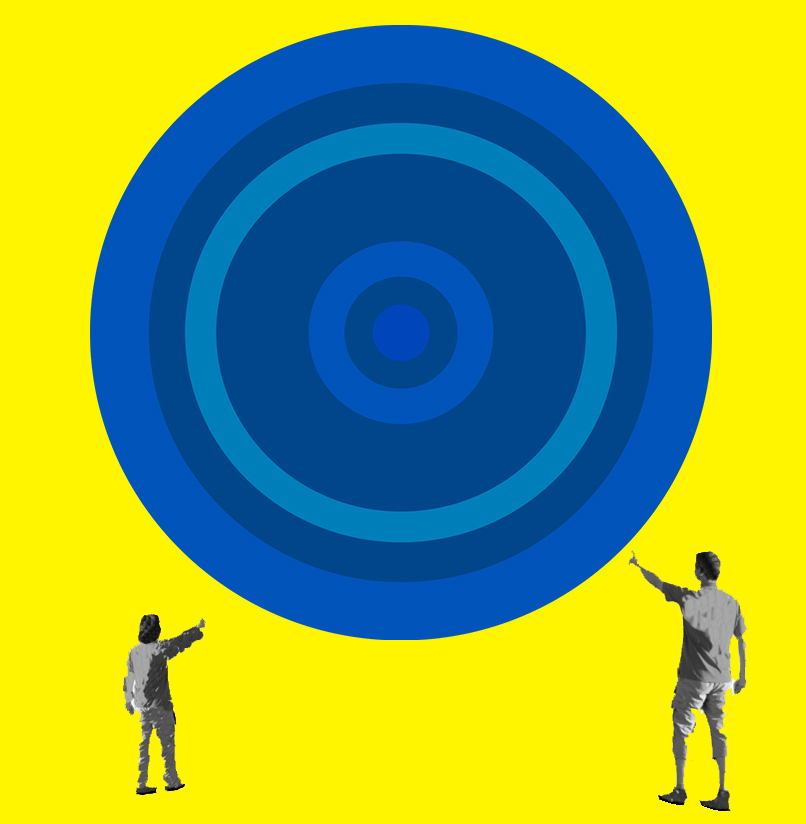

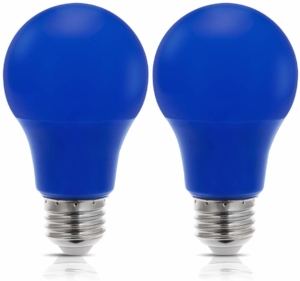

 “Baker-Miller Pink is the only color scientifically proven to calm you AND suppress your appetite. I was like, “I NEED this color in my house!” I then found someone to paint the room and now I’m loving it!”. Want to walk a mile in Kendall’s puffy slippers?
“Baker-Miller Pink is the only color scientifically proven to calm you AND suppress your appetite. I was like, “I NEED this color in my house!” I then found someone to paint the room and now I’m loving it!”. Want to walk a mile in Kendall’s puffy slippers? 
